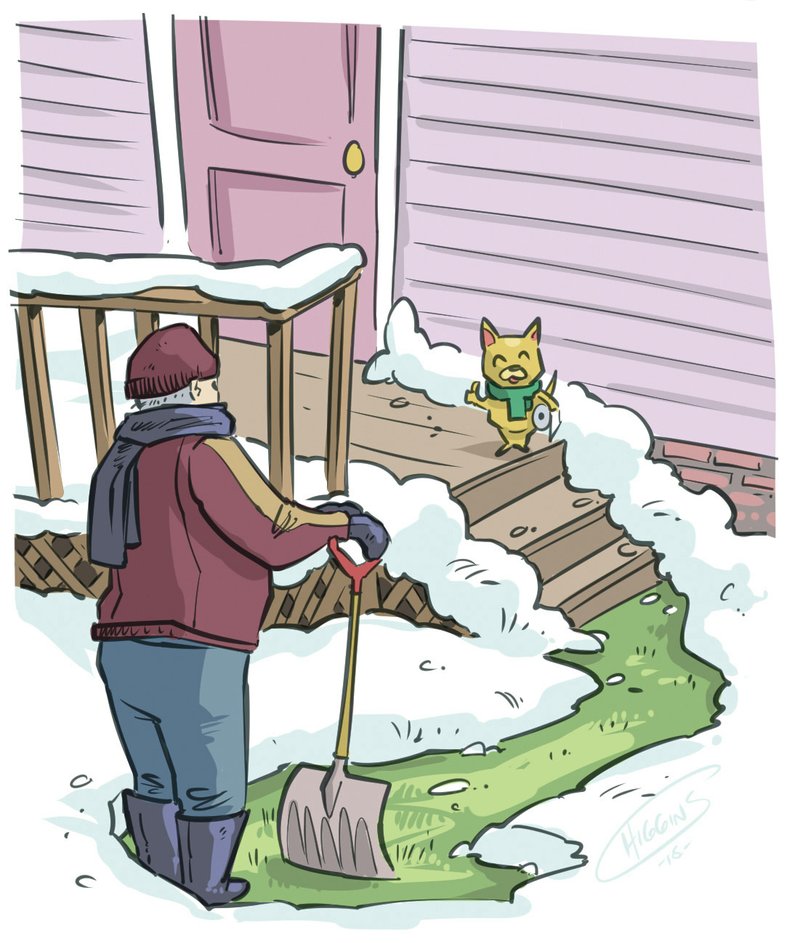My Yorkie is 13 years old. I began noticing a couple of months ago that sometimes her bed would have a wet spot in it. I thought she might be drooling in her sleep. Then after she napped on the couch, I saw a small damp spot. I could keep her off the couch, but she's my baby (even though she's old) and I don't want to. I put a towel on the couch for her. After that, I figured out she wasn't drooling, but was urinating a little bit while asleep. Is that normal?
Elderly dogs -- or those age 7 and older -- can experience a variety of physical changes as they age, among them urinary incontinence.
The problem can affect up to one in five elderly female dogs, according to an article in the January issue of Your Dog. Incontinence is even more common among some large breeds of dogs, particularly Dobermans and giant schnauzers, but can be experienced by any female dog that's had a hysterectomy. A dog likely isn't aware of what's happening, although passive dribbling (meaning it's not done on purpose) can occur when a dog is awake.
Most of the time, the issue is related to a loss of estrogen, which is why it affects female dogs. Spaying a dog means its ovaries are removed, causing a decline in the hormone estrogen. When there's less estrogen in the body, muscle tone in the urethra -- tube that leads from the dog's bladder to the outside of the body -- can decrease and weaken.
Talk to your veterinarian about your dog's problem. Among the possible solutions a veterinarian can offer are prescriptions for an estrogen compound or a medication (phenylpropanolamine) that will replace the dog's missing hormone, according to Your Dog. The vet can decide if either is appropriate; the medication can make a dog anxious or more excitable, plus possibly slightly increase a dog's blood pressure. There are also a couple of surgical options for correcting incontinence if the drug and hormone therapy don't work.
The last option is to live with the problem by putting disposable underpads wherever your dog sleeps. A pad will absorb urine and wick it away from your dog as well as keep it from soaking into the couch or the dog's bed. You can buy pads at a pet supply store, but the incontinence pads made for people (available at pharmacies and discount stores) can be bought in bulk and are less expensive. If you're concerned about being "green," look for washable cloth underpads. You could also check into using doggy diapers, but many dogs won't tolerate wearing them. Finding diapers to fit a tiny dog can also be difficult.
...
I would like to share a tip. When it snowed in January, I had a hard time getting my puppy to go outside to do her business. She acted a little scared of the snow and wouldn't walk on it at first. I had to carry her out into the yard. Still no go. So I decided to shovel off a small place in the yard for her. Voila! She used it right away.
Good thinking and thank you for sharing. I had to do the same thing for my Chihuahua when it snowed. She doesn't mind walking in a little bit of snow, but since the snow was about tail high, using the bathroom was a problem for her. Making her a snow-free area was the solution.
While some dogs will never like or tolerate the snow and won't walk on it no matter what, a puppy that's being housetrained can be taught to do so. If you decide you don't want to make a potty pad every time there's snow or ice on the ground, you can teach your puppy that snow is an OK surface for elimination. Simply use the same positive cues and reinforcements you use when he eliminates on grass or bare ground.
We may get lucky and not have to worry about any more snow this winter. After all, Punxsutawney Phil didn't see his shadow on Groundhog Day.
Family on 02/10/2016

